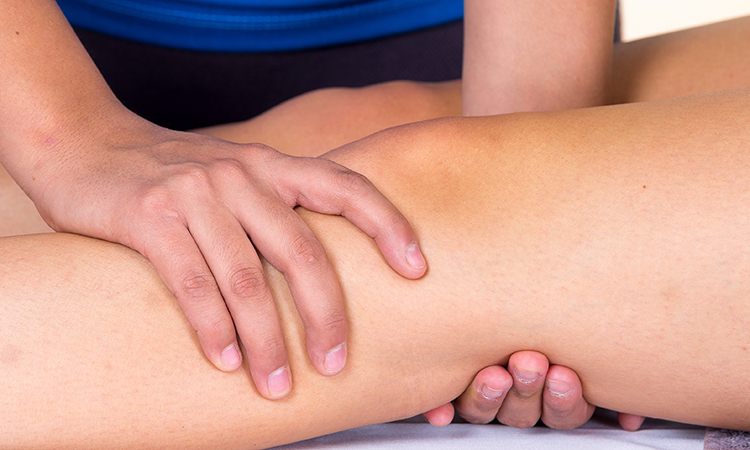
Patients undergoing knee replacement surgery who received three or four 30-minute sessions of reiki experienced benefits ranging from less pain and lower blood pressure to reduced use of pain medication and a shorter hospital stay, according to recent research.
The study, “Effects of reiki on pain, anxiety, and blood pressure in patients undergoing knee replacement: a pilot study,” involved 46 patients undergoing knee replacement surgery with an age range of 50 to 85 years.
Participants were randomly assigned to either the reiki group, the sham reiki group or a control group that received only standard care. Those in both the reiki and sham reiki group received standard care along with the intervention protocol.
Subjects in the reiki group received three or four 30-minute sessions of reiki during their hospital stay. Those in the sham reiki group received three or four 30-minute sessions of sham reiki during their hospital stay.
Participants assigned to the control group received standard care for patients undergoing knee replacement surgery and also participated in three or four 30-minute session of quiet time during their hospital stay.
The 30-minute sessions of reiki, sham reiki and quiet time took place one hour before surgery and then 24, 48 and 72 hours after surgery—the latter happening only if the patient was still in the hospital.
According to the study’s authors, the reiki sessions were provided by one of three master-level reiki practitioners, and the sham reiki sessions were provided by one of two people not trained in reiki or any form of touch therapy. Both the master reiki practitioners and the sham reiki providers followed the same routine as far as which hand positions were to be used when and where.
The main outcome measures in this study were pain, blood pressure and respiration rate. Assessments of all three outcomes took place before and after each intervention session. Subjects also completed the State Trait Anxiety Inventory before the first intervention session and again after the last intervention session.
In addition, researchers gathered data on each patient’s length of stay in the hospital following surgery and use of narcotics or analgesics after surgery while still in the hospital.
Results of the research revealed patients in the reiki group alone showed a significant decrease in pain, blood pressure, respiration rate and state anxiety. In addition, reiki coupled with a pharmacologic pain-management protocol resulted in improved postoperative pain management and reduced use of narcotic pain medication as compared to sham reiki or standard care alone. The study’s authors also found the highest percentage of hospital discharges at 48 hours rather than 72 hours among patients in the reiki group.
“Positioning reiki as an adjunct to [standard care] should promote a more generalized adoption and acceptance,” state the study’s authors. “Reiki is additive and may increase patient compliance while allowing on-time discharge and fewer complications.”
Authors: Ann Linda Baldwin, Anne Vitale, Elise Brownell, Elizabeth Kryak and William Rand.
Sources: Laboratory for the Advances in Consciousness and Health, Department of Psychology and Department of Physiology, College of Medicine, University of Arizona, Tucson; College of Nursing and Health Professions, Drexel University, Philadelphia, Pennsylvania; ZephyrBiotech, LLC, Lafayette, California; Department of Nursing Informatics, Abington Memorial Hospital, Abington, Pennsylvania; and Center for Reiki Research, Southfield, Michigan. Originally published in March/April 2017 in Holistic Nursing Practice, 31(2), 80-89.